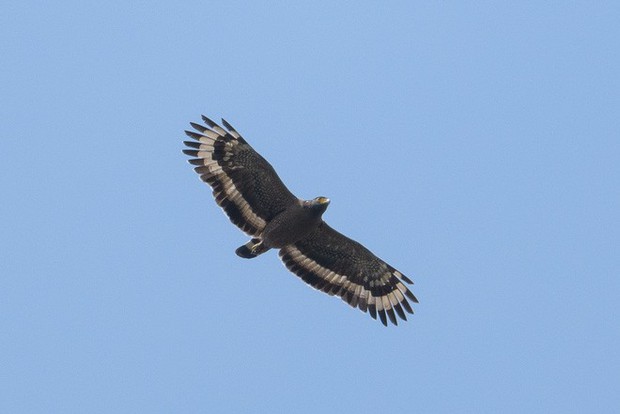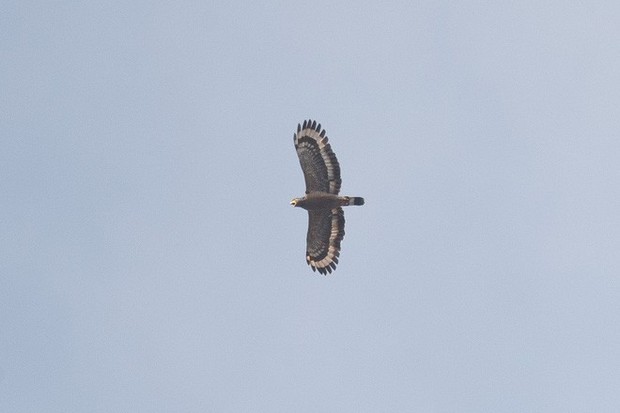The Burmese kite is a bird that hunts and eats snakes. Their appearance makes a strong impression due to their powerful crest.
In 2016, the IUCN Red List, (called the Red Book) overseen by the International Union for the Conservation of Nature, placed the species on the Red List of Threatened Species.
So, what are the characteristics and distribution of the Burmese flower kite in the world?
The Burmese Flowering Kite (the scientific name is Spilornis cheela), also known as the osprey, is a medium-sized (about 56 to 74 cm) bird of prey, belonging to the Accipitridae family.
This snake-eating bird lives mainly in the tropical forests of Asia. According to the Red Book range map, they live in the forests of India, Vietnam, Indonesia, Thailand, southern China …
Scientists have divided many subspecies of the Burmese kite bird, including species such as the Philippine snake eagle (S. holospila), the Andaman snake eagle (S. elgini) and the southern Nicobar snake eagle (S. klossi). …
Although there are many subspecies, the most common characteristic of this snake-eating bird of prey is: They have a large head, on the top of the head there is a long crest-like feather behind, bringing a strong and powerful appearance.
An adult Burmese kite usually has dark brown plumage, a black tail with light markings on the chest and abdomen.
The habitats are mainly forests, forest edges, mangroves, gardens and parks.
In addition to hunting and eating snakes, the Burmese flower kite also eats amphibians, fish, and mammals.
The breeding season for Burmese flower kites usually begins at the end of winter each year. As summer arrives, the eggs will be incubated by the female bird in the pair’s nest, while the male bird will come out to feed the whole family.
According to research by Indian scientists, Burmese flower kite nests are newly built every year and they are often built along the trees by the riverside. After 41 days, the eggs hatch into chicks.




